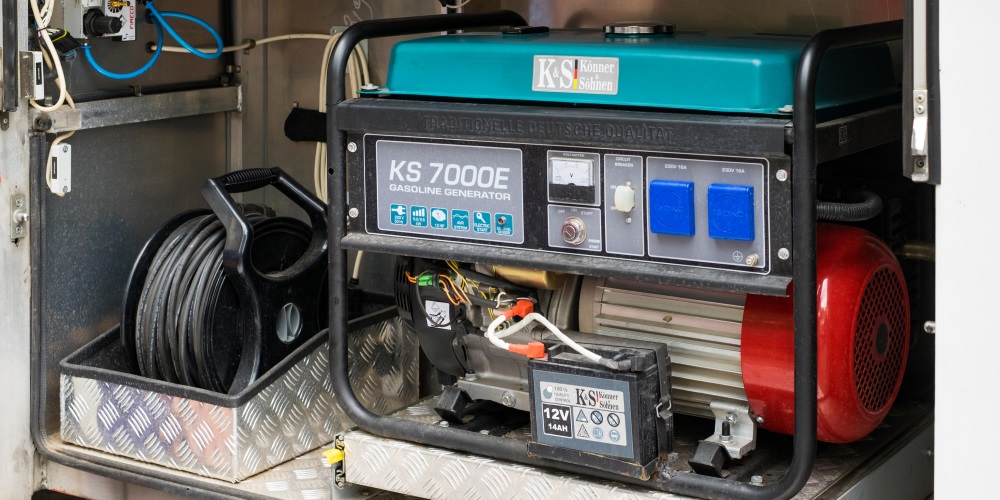
How to Store Your Portable Generator: Short Term & Long Term Storage Tips
Are you thinking about storing your generator but you are not sure where to start? I have great news for you! Our team here at Generatorist has helped over 600,000 visitors find information about generators and we will help you as well.
We are going to give you a step-by-step guide to both short-term as well as long-term storage. Let’s begin.
Before we get to the actual tips, there is one thing we want to emphasize first.
If your machine is built to run on ethanol-free gasoline (see the Owner´s Manual), then always try to refuel your generator with it as ethanol can separate from the fuel over a long-term storage period and damage your engine and fuel lines.
Although this fuel is more expensive, it will save you lots of trouble in the long run.
SHORT-TERM STORAGE
Short-term storage is pretty simple. All you need to do is just a basic cleaning and maintenance routine, that includes:
- Dusting off the machine
- Cleaning any dirt and debris
- Removing old grease and grime
- Inspecting your unit, fuel tank, wheels, etc. (look for loose bolts or fried wires)
- Topping up your fuel tank after your generator cools off
Basically, if you know that you are going to use your machine within the next 30 days, then you don’t need to do anything extra.
Just do the basic maintenance you should be doing after each use anyways. Here is our guide to tuning up your generator, in case you want to read more.
If you need to store your unit for more than 30 days though, then read the guide below.
LONG-TERM STORAGE
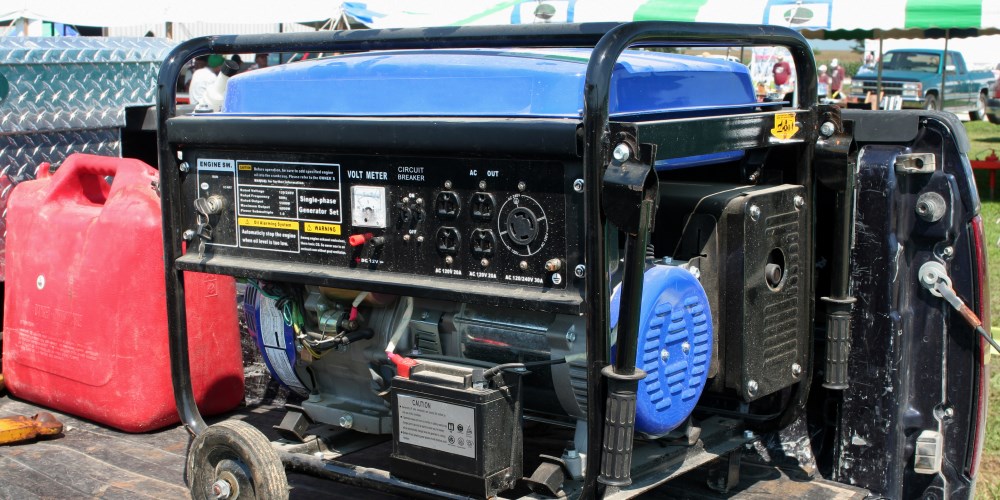
If you are planning to store your generator for a longer period of time (over one month), then you should follow a different procedure.
Although this one is a little bit more complicated, it’s not something that a skilled handyman couldn´t do.
All you need to do is to follow these steps:
1. CLEAN YOUR UNIT THOROUGHLY
Dust off the machine and clean any dirt and debris with a soft bristle brush. Also, remove old grease and grime that may have accumulated on the surface with a clean cloth and a degreaser.
Keep in mind that leaving oil, gas or dirt on your generator can result in corrosion to various seals and switches.
2. INSPECT YOUR GENERATOR
Take your time to look for anything that seems out of ordinary. Look for any loose or frayed wires; rusty, corroded, or damaged parts; and loose or missing bolts.
Check out our guide on tuning up your generator and consult anything that seems out of ordinary with a professional serviceman.
3. DRAIN YOUR FUEL TANK
Bring your unit into a well ventilated area. Close a manual fuel shutoff valve. Use a siphon pump to completely drain your fuel tank and store your gas in an appropriate gas can.
Add fuel stabilizer into it if you are not going to use that gas within a couple of weeks. The fuel stabilizer acts as an anti-oxidizing agent, prevents rusting of the gas tank and stops fuel from separating.
If you need to store gasoline, the National Agriculture Safety Database has a range of useful tips to help keep you safe:
- The best way to store gasoline is in a well ventilated area separate from the house.
- The location should be protected from the heat of the summer sun to keep evaporation to a minimum.
- Do not store gasoline in the utility room. The furnace, water heater, clothes dryer or any of several other items could ignite fumes which may leak from the can and travel considerable distances.
- If you do not have a suitable storage area, consider building a cabinet outside your house for storage or purchasing a commercially available flammable liquid storage cabinet, available from safety equipment suppliers.
- Once a month check for leaks from fuel tanks, engines, or storage containers (UL-listed plastic containers will not rust).
Don’t forget to close the lid on the fuel tank on your generator after you drain it.
4. DRAIN YOUR CARBURETOR
This step is pretty simple. Just take your generator outside and start it. Let it run until it stops from the lack of fuel. This will burn off any remaining fuel that may be left in your fuel lines.
Fortunately, generator experts at WEN Products have put together a comprehensive guide to help you complete this essential maintenance step quickly and easily.
Their step-by-step guide provides detailed instructions for locating the carburetor, preparing the storage container, and loosening the carburetor drain screw to allow gas to drain out.
With this guide, you’ll be able to keep your generator’s fuel system in tip-top shape and ensure that it starts easily and reliably when you need it most.
5. ADD OIL INTO THE CYLINDER
The last step you should do before storing your generator for a longer period of time is to turn off your machine and disconnect the spark plug wire.
Then, you need to remove the spark plug and add around 0.5 oz (2-3 teaspoons) of new engine oil into the cylinder.
After you add the oil, you need to cover that opening with a clean rug (to capture any oil that could spray out) and pull your generator´s recoil starter a few times to distribute the oil around the piston rings and cylinder bore.
After you are done, you can reinstall the spark plug and reconnect the wire.
6. STORE IT IN A DRY, COOL PLACE
Where should you place your generator for storage? If you have done everything right, you can store your unit in a dry, cool place. It is ideal to store it far away from any actual or even potential source of fire or heat.
The best places to store your generator when not in use are:
- Garage – A garage offers optimal protection from bad weather and is readily accessible when you need it the most.
- Outdoor shed – This place is not ideal as it isn’t readily accessible when you compare it to a garage. Moreover, it doesn’t offer adequate protection from bad weather in winter conditions. Here are 17 free DIY generator shed plans that you can build yourself.
- Generator enclosure – A great option for those who are looking for something between an outdoor shed and a garage. It is well ventilated and protects your equipment from moisture, dust and dirt. Here is a great DIY guide for building your own enclosure.
Don’t forget to buy a weather-resistant cover to protect your unit from bad weather conditions.
If you decide to ignore our advice and store your unit with the fuel inside your generator, then top up your fuel tank according to the instructions in the Owner´s Manual and treat your fuel with a stabilizer to prevent corrosion and clogging.
Here are more details on adding a fuel stabilizer to your generator, in case you are interested.
Also, don’t forget to let your unit run for a while to burn off any untreated fuel that may be left in the carburetor or fuel lines and top up your gas tank again.
As you can see, the main difference between short term and long term storage is the draining of fuel out of your machine and adding small amounts of oil into the cylinders.
If you are planning to store your unit for a longer period of time, we recommend doing a complete tune-up of your generator as well.
Doing this will make sure your unit is ready to serve the moment you need it.
TIPS ON RUNNING YOUR PORTABLE GENERATOR SAFELY
For those running portable generators, the Louisiana State Fire Marshal’s office provides additional safety guidelines to ensure public safety:
- Do not place generators inside of any structure including garages, carports, and sheds, regardless of doors remaining open
- Instead, place the generator at least 20 feet away from your home, and your neighbor’s home, downwind away from open doors, windows, and vents
- Before refueling, turn the generator off and allow it to cool for 15-20 minutes
- Never try to power the house wiring by plugging the generator into a wall outlet
- Instead, use a heavy-duty, outdoor extension cord to plug appliances into generators
- Have a fire extinguisher nearby
- Have a carbon monoxide monitor for your home!
Further resources:
About Generatorist

Matthew Gerther
Founder, Generator enthusiast
Our aim here at the Generatorist is to become the No. 1 resource for all things related to generators & your power needs. We have helped over 600,000 visitors with our tips, articles and reviews and we will help you as well.
Our work has been featured in many publications around the world – Yahoo.com, Telegram.com, PaylessPower.com, PopSci.com, TopTenReviews.com, TechRepublic.com, iRV2.com, ThePrepared.com, Renogy.com or ADT Solar. Generators are our passion, and we strive to provide the most reliable & most comprehensive information out there.



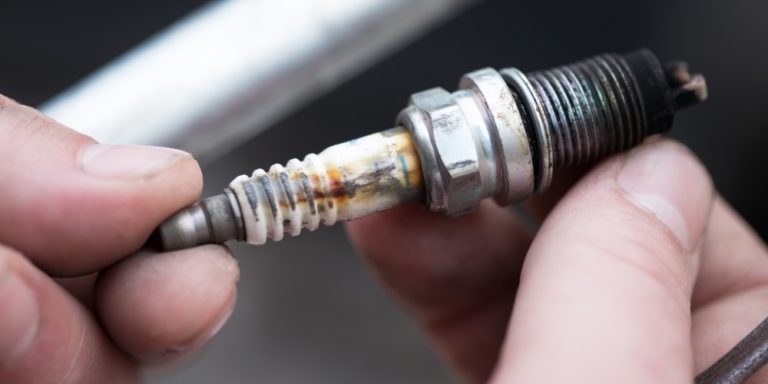


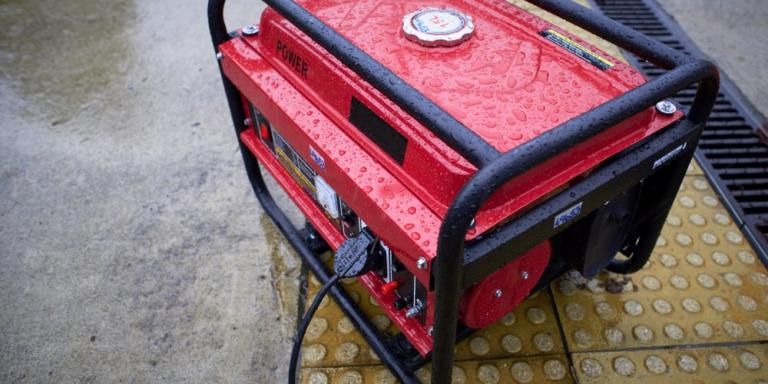
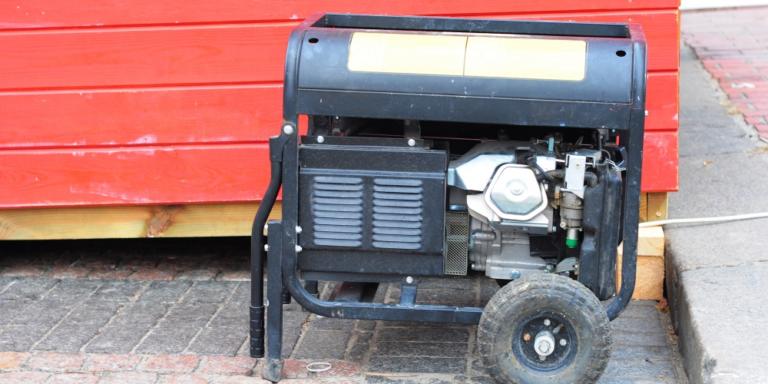
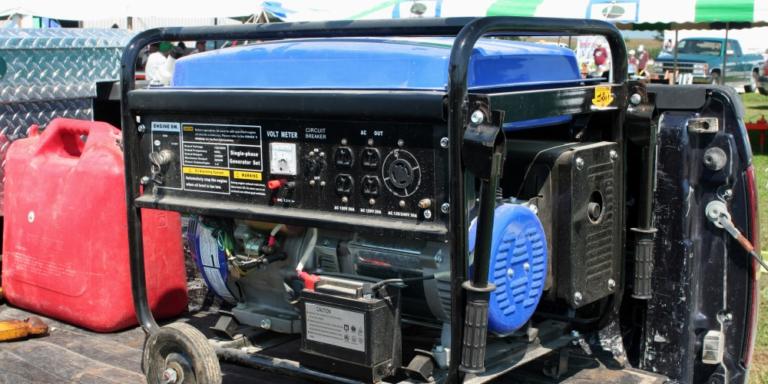
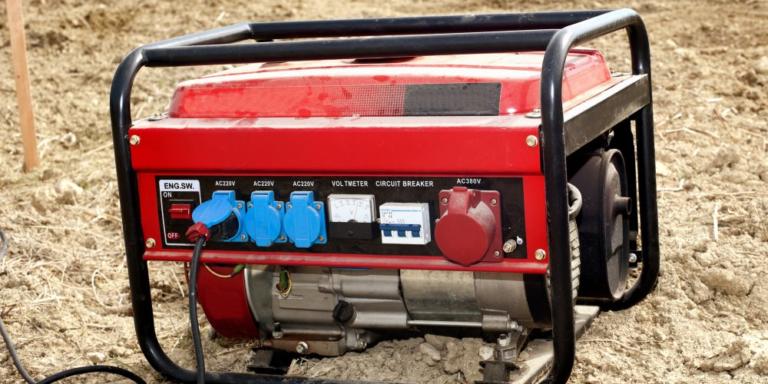
2 thoughts on “How to Store Your Portable Generator: Short Term & Long Term Storage Tips”
Do you do same for propane
After the generator stops running when fuel line closed, should you choke it and start again to remove residual fuel?